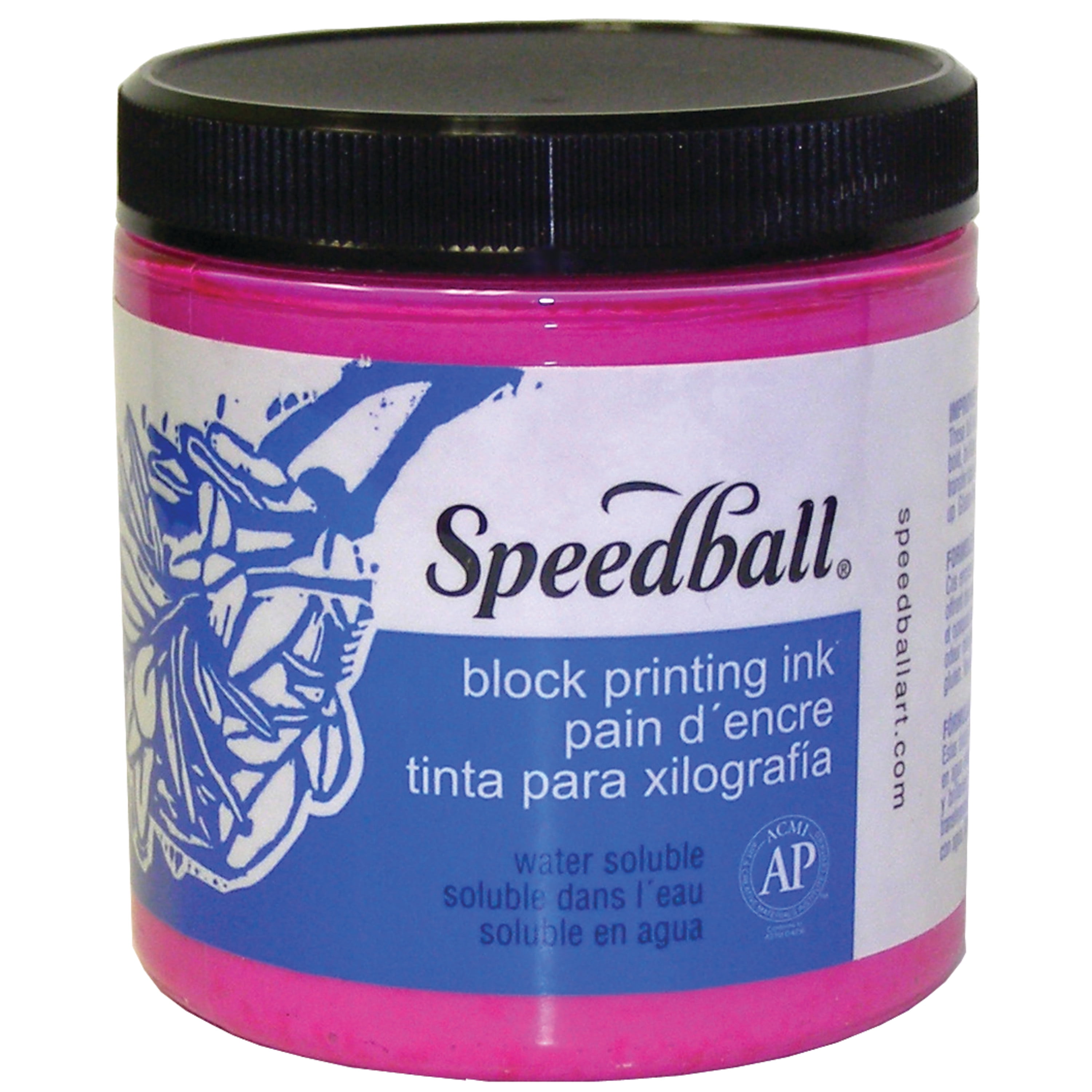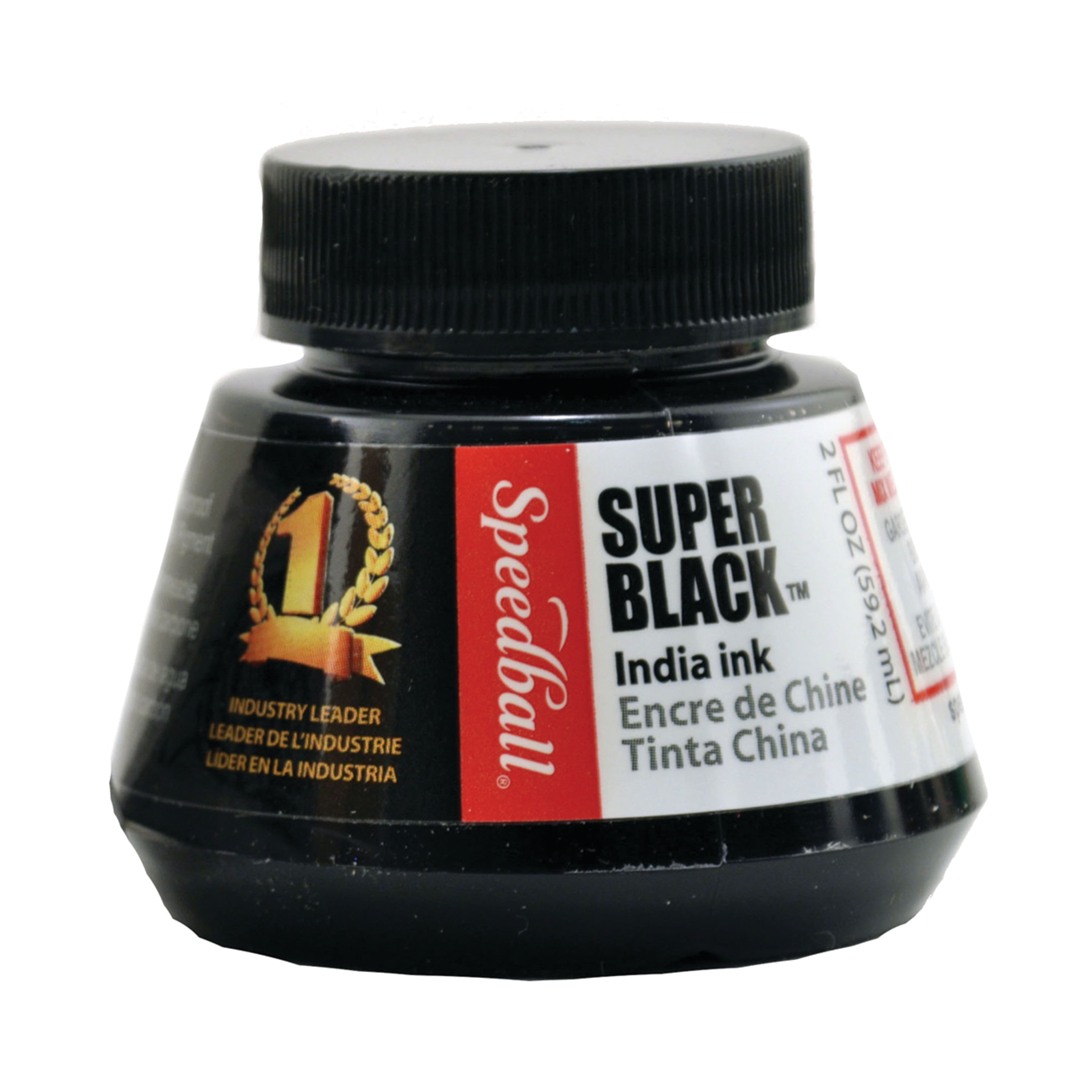

Once you are finished with your work, wipe away of the excess ink with paper or wiping canvas, loosen the remaining ink with vegetable oil and wipe again. Use vegetable oil instead of spirits or turps: This is inexpensive and chances are you will find this in your kitchen cupboard.

You can see all the water washable inks we stock here. The same goes for our Lawrence GB Relief Inks. Oil based but water washable inks: one great example is the Caligo Safe Wash range that offers all the benefits of working with oil while you are able wash it all away with water and washing-up liquid. Nowadays you can have your cake and eat it too as there is more than one way to get around this problem:Ī. We are more aware of the dangers of solvents and fumes in the studio than ever and it is not surprising that modern artists try to avoid white spirits or turpentine, substances traditionally used for cleaning up ink. Traditional printmakers, on the other hand, swear by the durability and vibrancy of oil-based inks. Most schools tend to teach lino printing with water-based inks as they are easy to clean and dry in a matter of hours. Don't shy away from oil based inks - you can manipulate drying time & clean-up can be a breeze We compiled 5 tips and hints to help you on your journey to learning block printing. Relief printing is an exciting art form with amazing creative possibilities but just like with any craft, you need to be equipped with the right tools and information to get the best of your materials and your ambition.


 0 kommentar(er)
0 kommentar(er)
